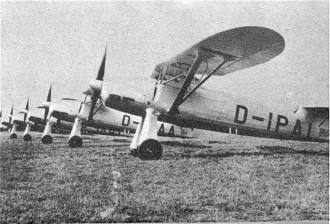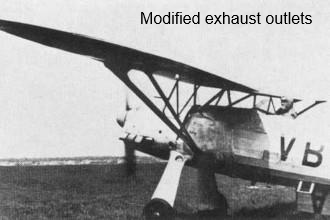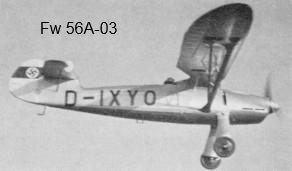| Type |
V1 - V3, Single seat advanced trainer |
A-0 Single seat advanced trainer |
A-1 Single seat advanced trainer
|
A-2 Single seat aerobatic trainer |
| Engine |
1 Argus As 10C-1 |
1 Argus As 10C-1 |
1 Argus As 10C-3 with a fixed-pitch Heine wooden 2-bladed prop |
1 Argus As 10E |
| Dimensions |
Length 7.65 m, span 10.55 m, height 2.55 m, wingarea 14 m2 |
| Weights |
|
|
Empty 755 kg, crew 80 kg, fuel and oil 84 kg ( 100 l fuel + 12 l oil, possible to bring 1 75 l extra tank), flying weight 985 kg |
|
| Performance |
|
|
Max. speed at sea level 268 km/h, at 1000 m 265 km/h, at 2000 m 261 km/h, at 3000 m 256 km/h, at 4000 m 248 km/h, at 5000 m 236 km/h, at 6000 m 219 km/h, climb to 1000 m 2 min 12 sec, to 2000 m 4 min 42 sec, to 3000 m 7 min 48 sec, to 4000 m 11 min 42 sec, to 5000 m 17 min 54 sec, to 6000 m 25 min 12 sec, cruising speed at sea level 245 km/h, landing speed 90 km/h, range 385 km, service ceiling 6200 m, required startlength 168 m |
|















